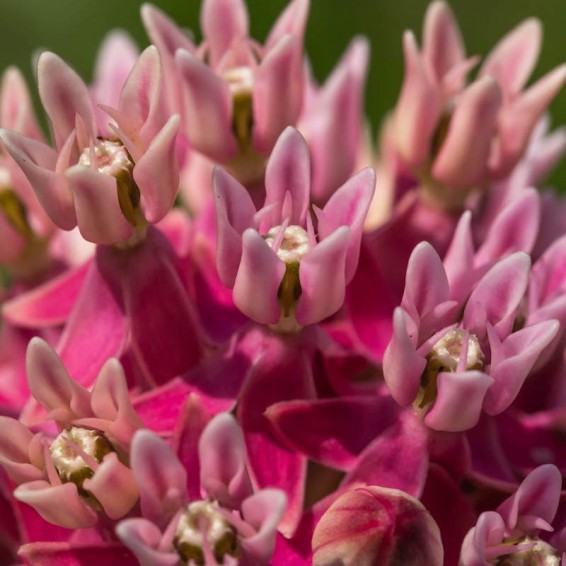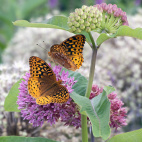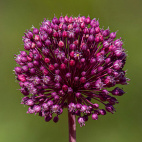Red Milkweed Seeds
- HOW TO GROW
- FAST FACTS
- REVIEWS
HOW TO GROW
Sowing: In late fall, direct sow just below the surface. Germination will take place in the spring, after the last frost. When the seedlings appear, thin to the strongest plant; seedlings usually do not survive transplanting, since they resent any disturbance of their roots. For spring planting, mix the seeds with moist sand and refrigerate for 30 days before direct sowing.
Growing: Since this plant prefers wet soil, regular watering may be necessary; red milkweed will not tolerate drought. When grown from seed, plants may take several years to produce flowers; this variety in particular can be slow to develop. The flowers attract many bees and butterflies, as well as hummingbirds. Deer avoid this plant. This variety makes a good choice for wetland gardens or continually wet soil.
Harvesting: This makes a striking cut flower. Cut the stems long, choosing flowers that have just opened. Keep in mind that the milky sap is mildly toxic and can irritate the skin.
Seed Saving: After the plant finishes flowering, 3-4" narrow pods will form. Be sure to harvest the pods before they split and the silky fluff carries the seeds away on the wind. As soon as the seeds inside the pod ripen to their mature brown color, remove the pods and spread them out to dry. Split open the pods and take out the silky seed material. Remove the fluff from the seeds. Store the seeds in a cool, dry place.
FAST FACTS
Common Names: Tall Pink Bog Milkweed
Latin Name: Asclepias rubra
Species Origin: US Native Wildflower
Type: Native Wildflowers
Life Cycle: Perennial
USDA Zones: 7, 8, 9
US Regions: Northeast, Southeast
Seeds per Ounce: 5,000
Stratification: Cold/Wet for 4 Weeks
Germination Ease: Stratify 4 Weeks
Sunlight: Full Sun, Part Sun, Shade
Height: 36 Inches
Color: Pink
Bloom Season: Blooms Early Summer, Blooms Late Summer
Uses: Attracts Pollinators, Attracts Honeybees, Attracts Butterflies, Hummingbirds, Deer Resistant
NIS
Looked at the website and it showed in stock. Ordered and later learn Not In Stock. Might have been part of the glitches. But disappointed nonetheless.
We deeply apologize for the computer glitch that showed out of stock inventory as available!
DESCRIPTION
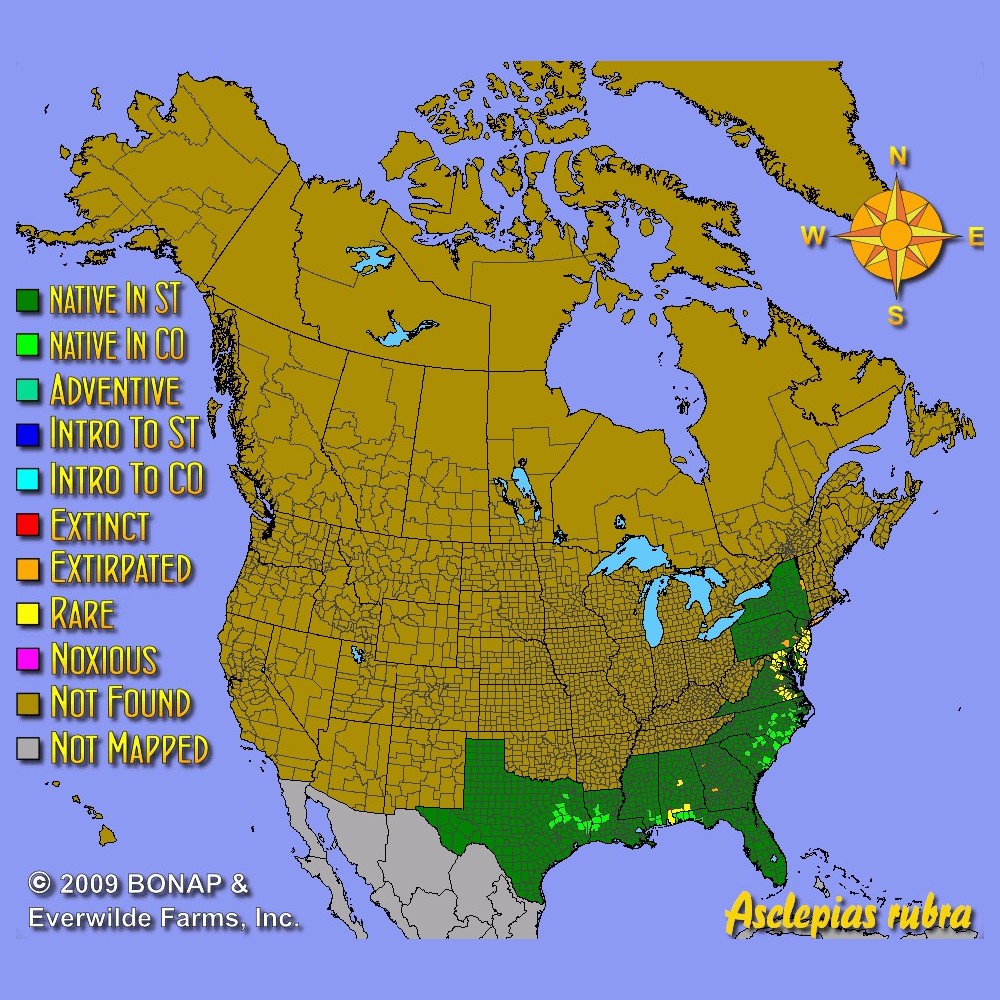
HOW TO GROW
Sowing: In late fall, direct sow just below the surface. Germination will take place in the spring, after the last frost. When the seedlings appear, thin to the strongest plant; seedlings usually do not survive transplanting, since they resent any disturbance of their roots. For spring planting, mix the seeds with moist sand and refrigerate for 30 days before direct sowing.
Growing: Since this plant prefers wet soil, regular watering may be necessary; red milkweed will not tolerate drought. When grown from seed, plants may take several years to produce flowers; this variety in particular can be slow to develop. The flowers attract many bees and butterflies, as well as hummingbirds. Deer avoid this plant. This variety makes a good choice for wetland gardens or continually wet soil.
Harvesting: This makes a striking cut flower. Cut the stems long, choosing flowers that have just opened. Keep in mind that the milky sap is mildly toxic and can irritate the skin.
Seed Saving: After the plant finishes flowering, 3-4" narrow pods will form. Be sure to harvest the pods before they split and the silky fluff carries the seeds away on the wind. As soon as the seeds inside the pod ripen to their mature brown color, remove the pods and spread them out to dry. Split open the pods and take out the silky seed material. Remove the fluff from the seeds. Store the seeds in a cool, dry place.
FAST FACTS
Common Names: Tall Pink Bog Milkweed
Latin Name: Asclepias rubra
Species Origin: US Native Wildflower
Type: Native Wildflowers
Life Cycle: Perennial
USDA Zones: 7, 8, 9
US Regions: Northeast, Southeast
Seeds per Ounce: 5,000
Stratification: Cold/Wet for 4 Weeks
Germination Ease: Stratify 4 Weeks
Sunlight: Full Sun, Part Sun, Shade
Height: 36 Inches
Color: Pink
Bloom Season: Blooms Early Summer, Blooms Late Summer
Uses: Attracts Pollinators, Attracts Honeybees, Attracts Butterflies, Hummingbirds, Deer Resistant
Reviews
Review
NIS
Looked at the website and it showed in stock. Ordered and later learn Not In Stock. Might have been part of the glitches. But disappointed nonetheless.
We deeply apologize for the computer glitch that showed out of stock inventory as available!
Also Consider These:
-
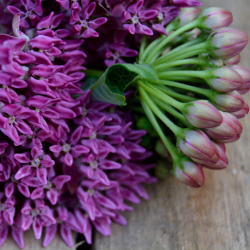 Out Of Stock
Purple Milkweed Seeds
Asclepias purpurascens
This beautiful rare milkweed blooms a deep rose color that is close to purple. It is found in woodlands, prairies, and marshes. The leaves are also a darker green than most milkweeds, making a nice contrast. The only downside to this species is that it is rare and hard to get!Quick Viewx
Out Of Stock
Purple Milkweed Seeds
Asclepias purpurascens
This beautiful rare milkweed blooms a deep rose color that is close to purple. It is found in woodlands, prairies, and marshes. The leaves are also a darker green than most milkweeds, making a nice contrast. The only downside to this species is that it is rare and hard to get!Quick ViewxPurple Milkweed Seeds
Asclepias purpurascens
This beautiful rare milkweed blooms a deep rose color that is close to purple. It is found in woodlands, prairies, and marshes. The leaves are also a darker green than most milkweeds, making a nice contrast. The only downside to this species is that it is rare and hard to get!
$4.80 Pkt - $400.00 / Oz




